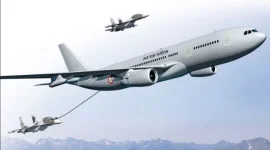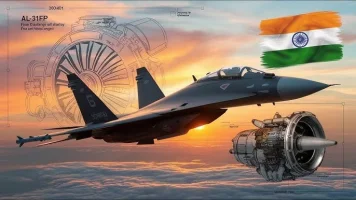- Views: 1K
- Replies: 12

Russia is actively promoting its updated Ilyushin Il-114-300 turboprop aircraft as a potential solution for India's growing regional aviation needs. The plane, capable of accommodating up to 68 passengers, is specifically designed for shorter flights, making it a possible fit for India's "Ude Desh ka Aam Naagrik" (UDAN) regional connectivity scheme.
The Il-114-300 is a substantial upgrade from the original Il-114, which had limited production. The -300 version has been modernized with current technologies to meet the requirements of today's regional aviation market. The aircraft is currently undergoing a rigorous flight-testing program, with tests being conducted at the Lukhovitsy airfield, located near Moscow.
The improvements to the Il-114-300 are extensive, encompassing a complete modernization. This includes new avionics (flight control systems), more fuel-efficient engines, and an overall design focused on lowering operational expenses and improving performance.
The aircraft utilizes two Klimov TV7-117ST-01 turboprop engines, which offer better fuel economy and reduced maintenance requirements compared to older engine types. These engines are also notably more powerful than previous variants. According to manufacturer United Aircraft Corporation (UAC), the engine provides up to 3,100 horsepower at takeoff, giving a higher power-to-weight ratio.
India's UDAN scheme aims to improve air travel to smaller cities and towns by connecting airports that are currently underserved or not served at all. This initiative is intended to stimulate economic development in more remote regions.
The Il-114-300, with its ability to take off and land on short and unpaved runways, is well-suited to the goals of the UDAN program. The Russian aircraft is positioned as a replacement for the older Antonov An-24 and An-26 aircraft, which are still used by some regional airlines in India, but are aging and less efficient.
The UDAN scheme, formally launched in 2016, has awarded hundreds of routes, showing the plan to grow the regional connectivity. The II-114-300, if used, will boost the plan further with advanced equipment.



